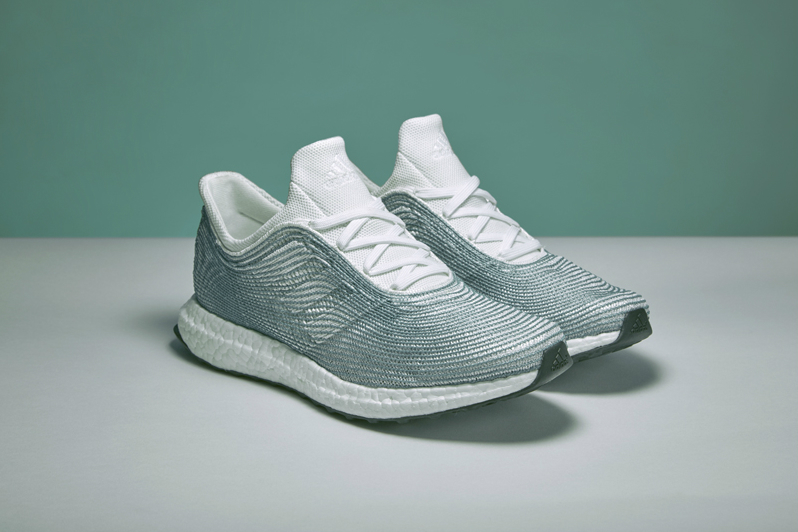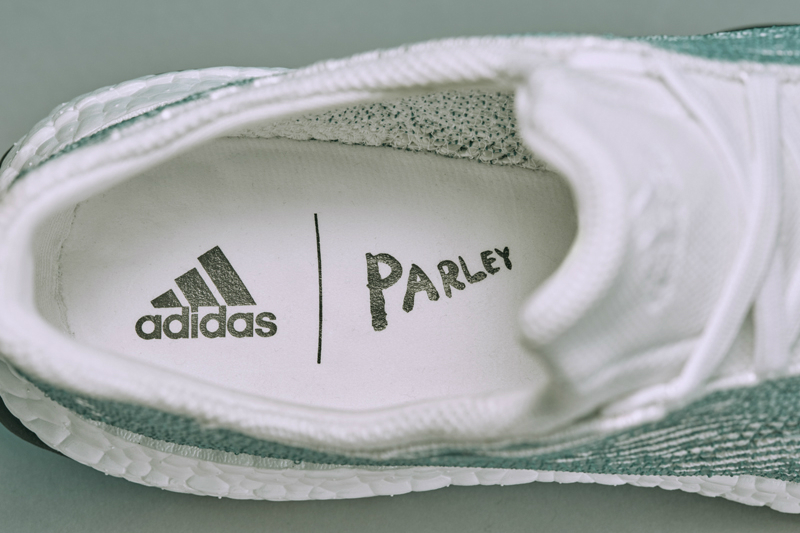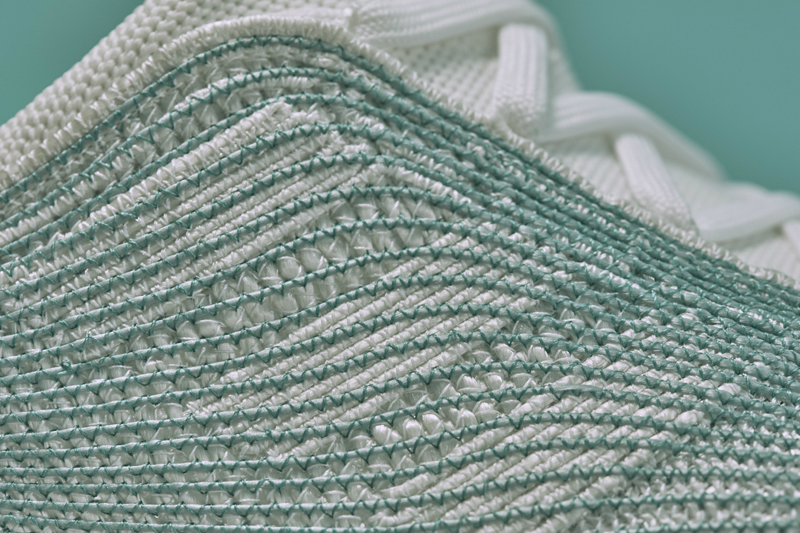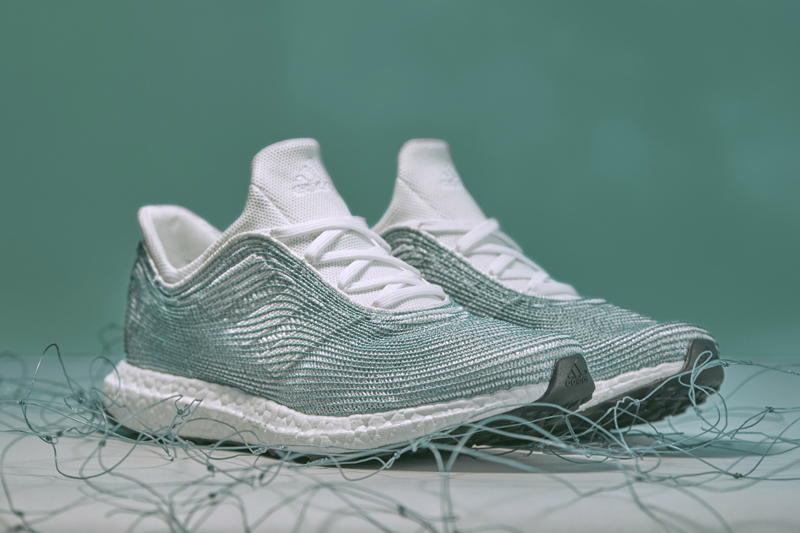“We will make one million pairs of shoes using Parley Ocean Plastic in 2017 — and our ultimate ambition is to eliminate virgin plastic from our supply chain,” Adidas said to The Verge. This Adidas/Parley For The Oceans site has more details on product availability.
Asked to imagine a shoe made from ocean garbage and you might think of rolled up chips packets for laces, a discarded flipper for the outsole, and part of a plastic bottle for the tongue.
Thankfully, Adidas, in partnership with conservation group Parley for the Oceans, made a bit more effort when faced with the same challenge, creating a stunning piece of footwear as stylish as it is functional.
A year after unveiling a prototype of the Adidas x Parley shoe, its designers pulled the wraps off a ready-to-wear version constructed with yarn created from netting and dumped plastics pulled from the ocean.
The ongoing project aims to demonstrate how recycled garbage can be transformed into something useful, and also to highlight the environmental issue of ocean garbage and efforts to deal with it.

The shoe was created using Adidas’s Tailored Fiber Technology, described the company as a “revolutionary manufacturing technique that enables unique footwear designs to be tailored to the individual needs of any athlete.”
Adidas’s Kelli George, the company’s senior materials manager in footwear materials, posted an interesting account of some of the work it took to sort the garbage and turn it into workable material for the shoe. The process involved “manually unpacking the cords [and] shaking out the ocean gunk” before throwing the whole lot into a washing machine to give it a good clean.
At the start of this year, after the garbage had been transformed into a usable material, Adidas was presented with a bundle of “the most beautiful teal green yarn,” George said, adding, “I made everyone look at it, I told my children about it (who frankly didn’t get what was so exciting about it!), I oohed and ahhed over it. It is quite beautiful, though I may be a little bit biased.”
Having created the new shoe, George said the company now has “the understanding and the know-how [to] potentially provide the solutions for future manufacturing processes.”
In other environmental efforts, Adidas recently stopped using plastic microbeads in its body care products, and it’s also committed to doing away with plastic bags in its retail stores by the end of this year.
While it’s not clear if the Adidas x Parley will ever go on sale, the sports firm does have 50 pairs up for grabs. To have a chance of slipping your feet inside a pair, you’ll have to create a video showing how you’re trying to avoid using single-use plastic items in your daily life. Full details are coming to Adidas and Parley’s social channels.
Updated on 11-06-2016 by Brinke Guthrie: Updated post to reflect shoe is now on sale shortly, with cost and availability.
Article originally published on 06-08-2016.






